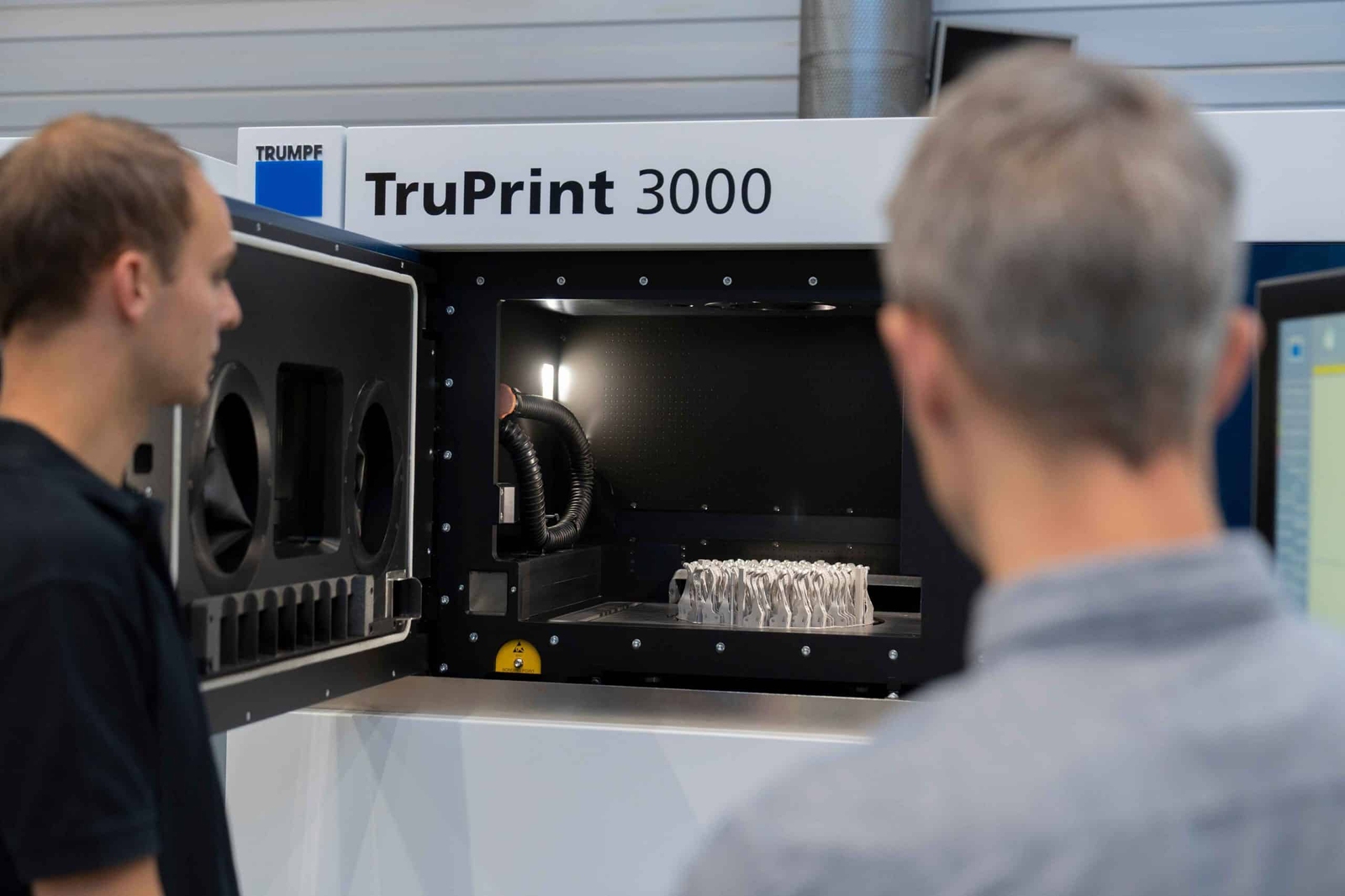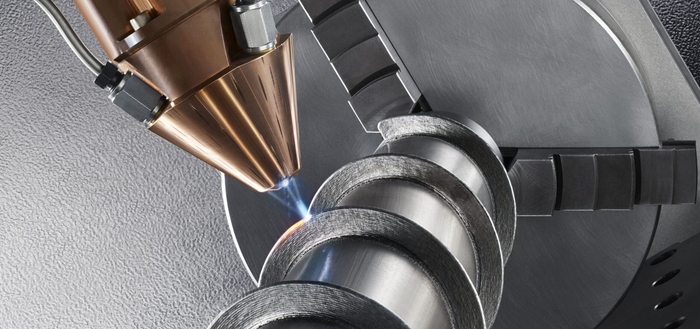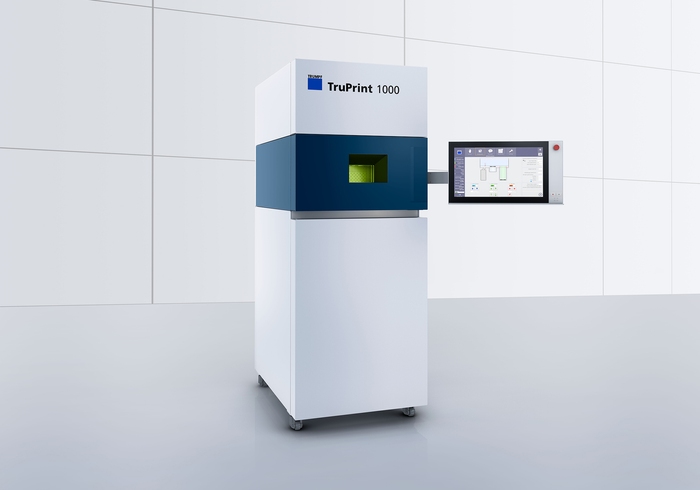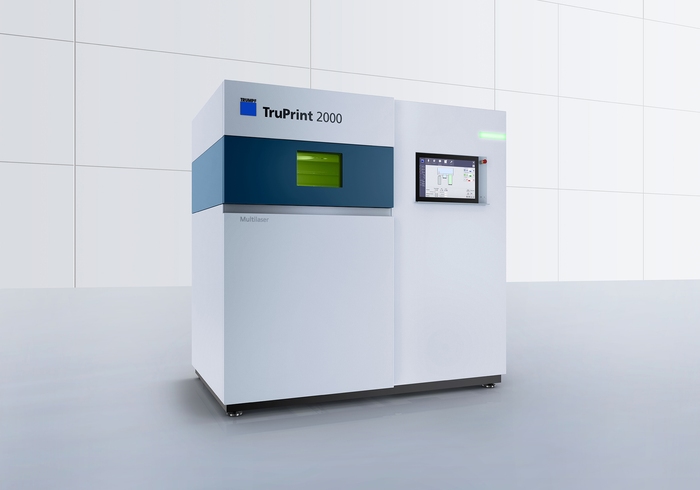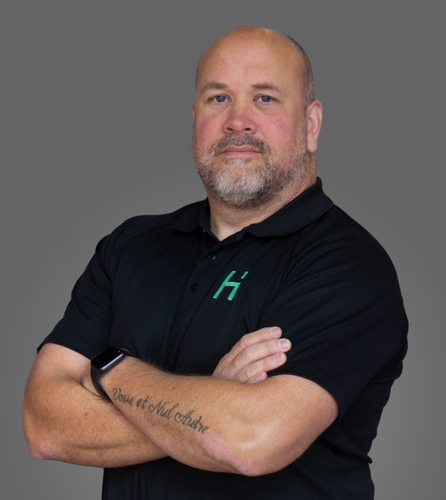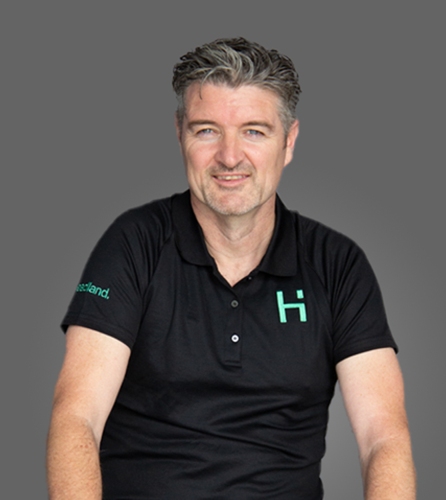KraussMaffei boosts Mexico’s agricultural industry with sustainable logistics solutions in packaging
Discover how KraussMaffei helped transform eco-friendly packaging in Mexico’s logistics sector—read the full case study now.
Welcome to Headland Technology Client log in
Whether you’re after a machine, spare part, power tool, or need to book a service call Headland will help you find the right solution in a timely manner.
Fill out the form below and the relevant expert will be in touch with you shortly.
The history of manufacturing in Australia has been one involving economies of scale and large production runs of parts and products. Images of long process lines, process workers, and semi-automated machinery is one many older Australians are familiar with.
The automotive industry was typical of this style of manufacturing. So, when the last cars rolled off the assembly line at Ford in Geelong, Victoria, six years ago many imagined that manufacturing was finished in Australia, never to return.
But talk of the death of Australian manufacturing has been premature. Very. In fact, there are now over 900,000 jobs in manufacturing, and leading the growth is advanced manufacturing, particularly in smaller and medium sized enterprises offering bespoke engineering and manufacturing solutions.
Central to the growth of advanced manufacturing is the advanced technology and software that has transformed the sector and the way things are made.
Deakin University in Victoria uses its mechanical engineering workshops to teach its students how to design and build prototype parts by using the OMAX Abrasive Waterjet System and the IntelliMAX software that is integrated into the A-Jet 5-axis cutting system.
Waterjets can not only cut through almost all materials in thicknesses up 300mm, the Windows based 2D and 3D software capabilities allows it to basically cut efficiently and cleanly to most design specifications.
George Yammouni of Headland says if it can be designed on software, it can be created either through innovative cutting technology like the Omax Waterjet, or through additive 3D printers like the Trumpf TruPrint which can use metal powders to build up a part.
This is great news for anyone wanting to machine prototypes to see how they work in practice, to people wanting parts that are no longer made.
These type of advanced machines, software and technologies mean that instead of having to tool-up for large scale production runs that cost a lot to set-up, small batch or one-off pieces can be made much more affordably.
The days of specialist gate-keepers being required to set up such production runs are diminishing. The software and support available means today mean that organisations or businesses that are not manufacturers per se can still manufacture.
Consider crowns and bridges for the dental sector. Formerly a labour intensive, time-consuming and expensive task, today a design placed into a software package used by TRUMPF TruPrint 3D Printing machines can turn out a bridge or crown designed specifically for an individual dental patient.
The applications are really only limited by the imagination.
In Australia, there is a focus on a range of sectors from food and beverage, space, recycling, and medicine where such technology can be applied.
There is a push in the manufacturing sector across multiple verticals to add value and to build local supply chains rather than sending unprocessed raw materials overseas and then importing them back at a mark-up.
And with technologies like the above, there is now no reason to send manufacturing opportunities overseas and a wealth of opportunities for Australian manufacturing businesses.
Whether you’re after a machine, spare part, power tool, or need to book a service call Headland will help you find the right solution in a timely manner.
Fill out the form below and the relevant expert will be in touch with you shortly.
Laser deposition welding machines for sale in Australia and New Zealand from TRUMPF. Join, repair, and coat metals and metal compounds.
The brand new TruPrint 1000 is not only ideal for the dental market but also impressive in the R&D area or in small series production due to the high level of robustness and quality in 3D printing.
The TruPrint 2000 provides a high-quality printing result which impresses with its surface quality and level of detail.
